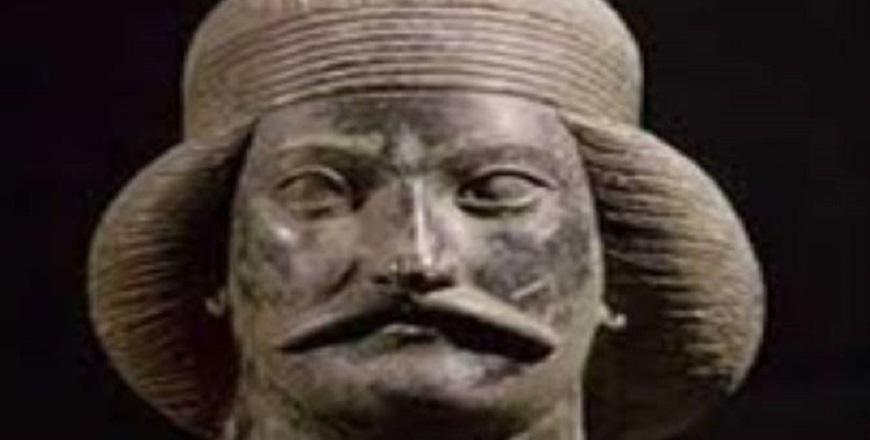

Within twenty years after Alexander’s death in 323 his vast empire divided up between Macedonia (including Greece), the Macedonian Ptolemy of Egypt and the Seleucids of Iran. In the beginning the Seleucids held much of the Achaemenid empire, excluding Egypt, southern Syria and parts of Asia minor.
In 247 BC two brothers of Iranian Scythian origin dislodged the Seleucids in the in the north-east of their empire shortly after the Bactrian Greeks declared independence from them. Arsaces (Arashk; Ask) was chief of the Parni tribe, one of the great Scythian (Saka) Dahae nomads from the region between the Caspian and Aral seas. His rebellion led to the defeat of local Seleucid forces and the conquest of Parthia. The Parthians themselves had been originally a nomadic Iranian people who raided the eastern marches of the Achaemenid empire until they setteled in Parthia and became subjects of that empire. At about the same time Arsaces’ brother Tiridates (Tirdad), wrested Hyrcania (Gorgan) from Seleucid hands. He built a strong defensive fortress and a new capital named after the founder of the dynasty, Arashk or Ashk (the modern Ashgabat / Ashkabad, capital of Turkmenistan).
The Seleucids did not succeed against Tiridates in 228 because they had to withdraw their troops to face a revolt in Syria. By the time of his death in 211 Tiridates had extended his kingdom yet further at the expense of the Seleucids, and in the following, second, century BC the Arsacid kingdom regained all the Iranian lands though they stopped well short of retrieving the whole Achaemenid Persia. The true founder of Parthian empire was Mithridates (Mehrdad)I, who between 160 and 140 BC conquered Media, Babylon and Seleucia, on the Tigris, and revived the Achaemenid title King of Kings. As the founder of Parthian empire he is compared to Cyrus the Great. He built a vast army camp outside Seleucia which later became Ctesiphon, capital of the empire.
The Parthian system of administration was loose and, by comparison with the Achaemenid system, decentralized. In fact it did not change much from the late Seleucid system when the vassal states had become stronger and largely autonomous. The Arsacids did not, and perhaps could not, change that system, partly because their own origin was nomadic and partly also because western provinces did not look up to them as culturally equal.
The known literature of the period consists largely of religious hymns and traditions, which are likely remained mainly oral. Parthian art and architecture reflected the artistic eclecticism of the period. Most of the architectural remains lie in the west and are influenced by Achaemenid, Hellenistic and Mesopotamian forms, tempered by their own nomadic traditions. Some of the most important features of Sasanian and Islamic art, for example the “eyvan” or “ivan”(the huge portal before the entrance) and stucco decoration, have their origin in the Arsacid period...Read more